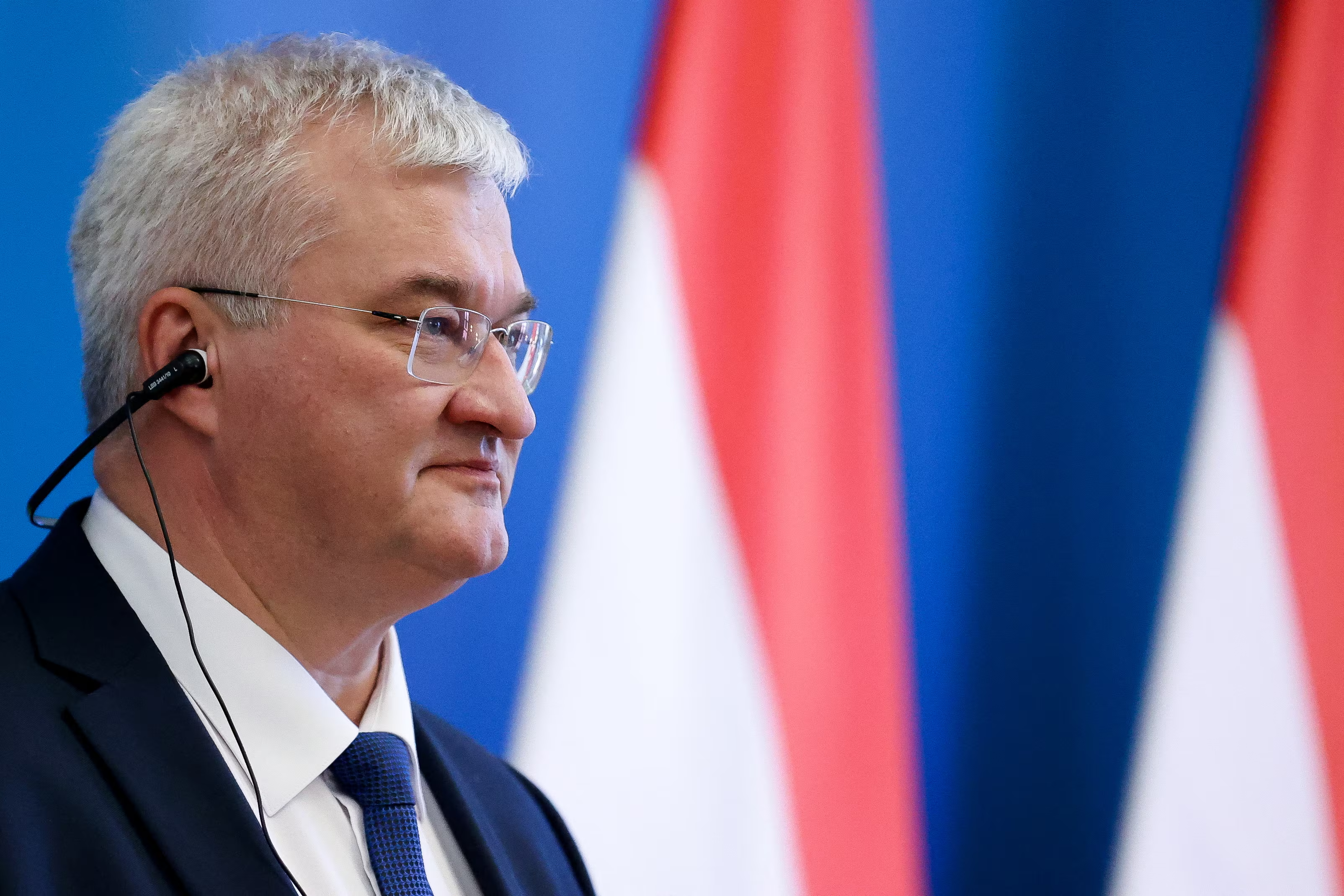Record Drone Assault Marks a New Low
In an unprecedented escalation of violence, Russia launched the largest air assault of its ongoing war against Ukraine, unleashing a staggering 728 drones in a single night on July 8-9, 2025. This relentless bombardment signals a troubling shift in the dynamics of the conflict, as the Kremlin appears determined to overwhelm Ukraine’s air defenses and break the resolve of its civilian population.
Daily Attacks Become the Norm
According to Ukrainian Foreign Minister Andrii Sybiha, the frequency of Russian strikes has become alarmingly routine, with only two days in 2025 seeing no attacks on Ukrainian cities. This relentless pattern of aggression has transformed the landscape of the war, creating a climate of fear and uncertainty among Ukrainian citizens. As reported by the Ministry of Foreign Affairs of Ukraine, the intensity and scale of these aerial assaults have reached unprecedented levels, with June 2025 marked as the most intense month of bombing in the entire conflict.

Ukraine confident of continued US support after election, says foreign ...
Shahed Drones Surge in Production
Central to Russia"s escalating attacks are the Shahed drones, initially developed by Iran and now significantly modified by Russian engineers. The Kremlin has ramped up production capabilities, aiming to manufacture 400 to 500 drones daily, as noted in recent analyses. These drones have evolved into sophisticated weapons, equipped with improved warheads and enhanced navigation systems, making them increasingly difficult to intercept. The Ukrainian Air Force has reported a concerning decline in the effectiveness of its air defenses, as they struggle to cope with the sheer volume of incoming threats.
Strategic Aims Behind the Offensive
Russia’s motives for this intensified drone campaign are multi-faceted. One of the primary objectives appears to be the degradation of civilian morale. The Kremlin"s strategy relies on the assumption that relentless bombing will erode the Ukrainian people"s determination and create pressure for a negotiated settlement. However, historical precedents suggest that such tactics often backfire, as seen in numerous conflicts where indiscriminate bombing failed to break civilian resolve.
Another objective is to exhaust Ukraine’s air defense capabilities. As reported by BBC News, the overwhelming number of airborne threats has forced Ukraine to rely on its limited stock of advanced air defense systems like the Patriot missiles, which are already in short supply due to previous military commitments. The situation presents a dire challenge, as the Russian strategy seeks to bleed Ukraine dry of its defenses while simultaneously testing the limits of Western military aid.

Drones over Kremlin likely launched from inside Russia ...
Consequences for Ukraine and the International Response
While the immediate implications of Russia"s drone offensive are dire for Ukraine, the broader international community must also grapple with the consequences of this aggression. As the war escalates, so too does the urgency for Western nations to bolster their support for Ukraine. The slow pace of air defense production in the West has been criticized, with calls for a more robust response to counter Russia’s aerial onslaught. The Biden administration has pledged to increase military aid, yet the effectiveness of this support in the face of a rapidly evolving battlefield remains uncertain.
Furthermore, the potential for increased refugee flows from Ukraine poses a significant challenge for European nations already grappling with migration issues. Russia"s strategy of strategic bombing may aim to trigger a new wave of displacement, but the resilience of the Ukrainian people and their ability to adapt to life under siege has so far mitigated such outcomes. As noted by analysts, public support for Ukrainian refugees remains high across Europe, suggesting that the international community stands ready to assist in times of crisis.


![[Video] US Secretary of State Marco Rubio discusses Ukraine's safety and prosperity](/_next/image?url=%2Fapi%2Fimage%2Fthumbnails%2Fthumbnail-1764534642844-kl6pso-thumbnail.jpg&w=3840&q=75)

